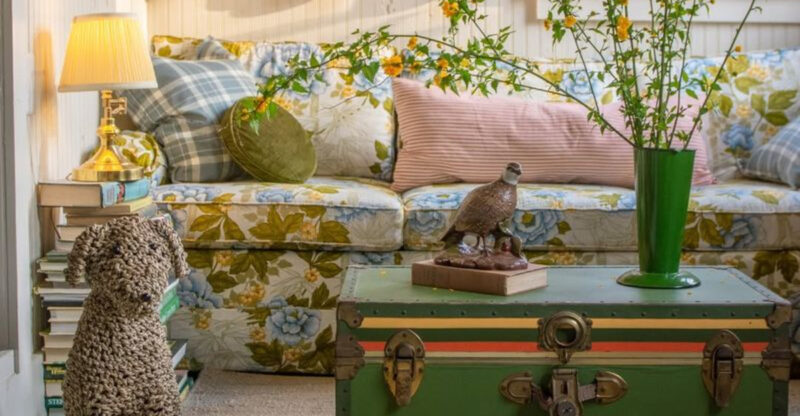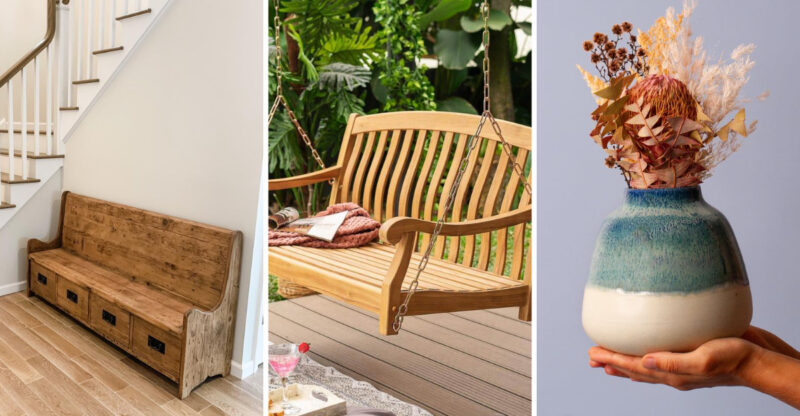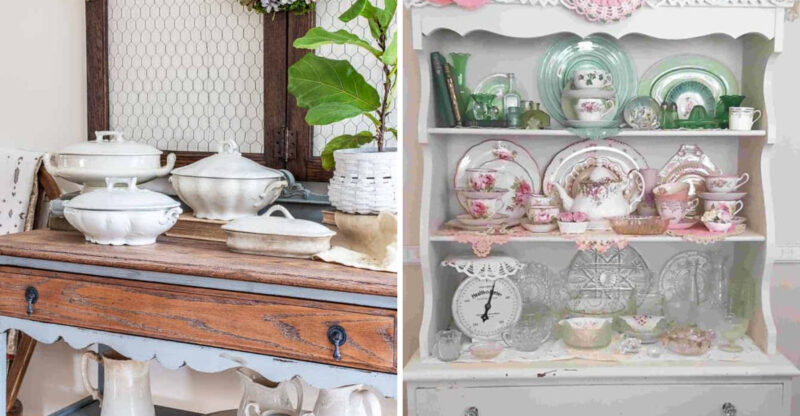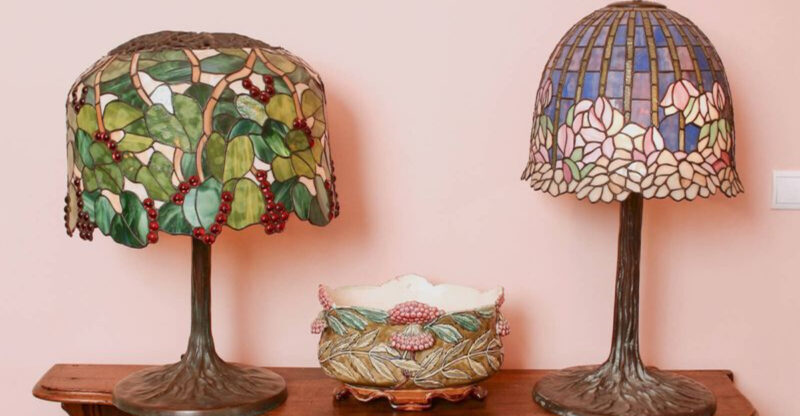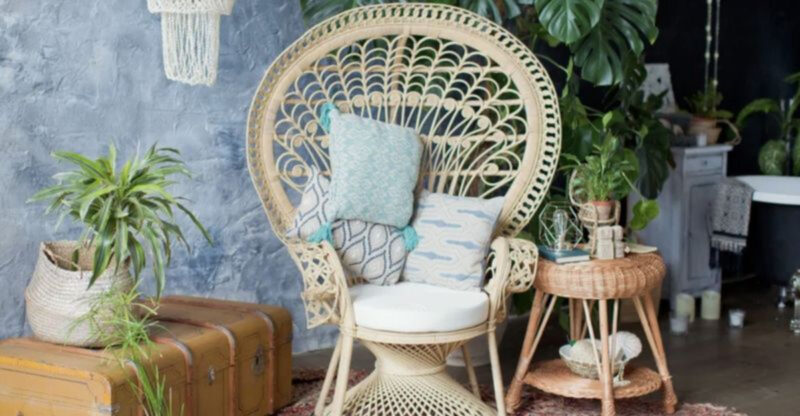15 New Jersey Furniture Collectibles That Have Lost Their Value Over Time

Have you ever wondered why that antique dresser your grandparents cherished now sits unsold at yard sales? The collectibles market has shifted dramatically, and many furniture pieces that once commanded high prices are now struggling to find buyers.
I’m going to walk you through fifteen New Jersey furniture collectibles that have lost their appeal and value as tastes have changed and younger generations embrace different styles.
1. Mahogany Dining Room Sets

If your parents or grandparents owned a formal mahogany dining set, they probably paid a fortune for it decades ago. Back then, these polished pieces symbolized elegance and family gatherings around beautifully set tables. Today’s families prefer casual eating spaces and open-concept kitchens where bulky furniture doesn’t fit.
The market has flooded with these sets as older homeowners downsize and younger buyers skip them entirely. Most people now want lighter woods, modern lines, or farmhouse-style tables instead. Even well-maintained mahogany sets struggle to sell for a fraction of their original cost.
Auction houses across New Jersey report that these once-prized pieces often go unsold or fetch disappointingly low bids.
2. Victorian Parlor Chairs
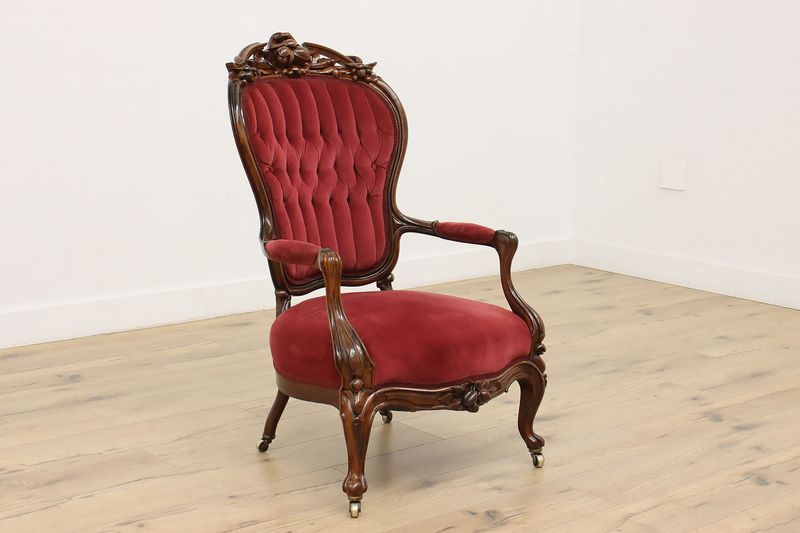
Victorian parlor chairs used to be the crown jewels of any respectable New Jersey home’s sitting room. With their elaborate carvings, plush velvet upholstery, and dramatic curved legs, they screamed sophistication and wealth. Families displayed them proudly, often keeping them for special occasions only.
Fast forward to today, and these ornate beauties have become hard sells. Modern homes favor minimalist designs and comfortable seating over decorative showpieces. The maintenance required for delicate fabrics and intricate woodwork also turns off potential buyers.
Reupholstering costs often exceed the chair’s current market value, making restoration impractical. You’ll find these chairs gathering dust in estate sales throughout the Garden State.
3. Oak Roll-Top Desks
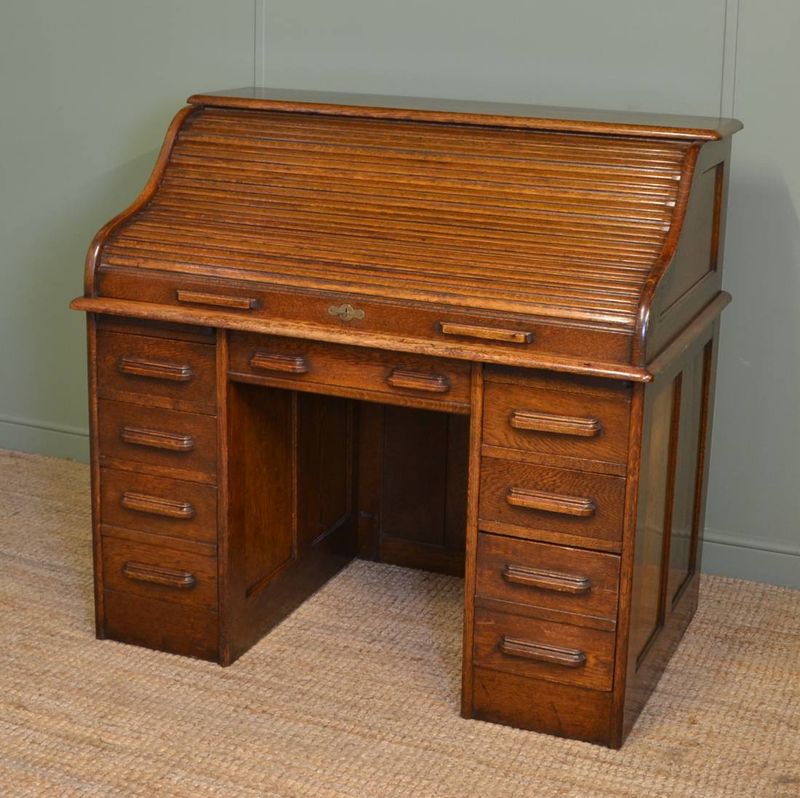
Did you know that oak roll-top desks were once considered essential furniture for professionals and serious students? These massive pieces featured dozens of small compartments, hidden drawers, and that iconic curved tambour door. They represented organization and business success in the early twentieth century.
However, their sheer size makes them impractical for modern living spaces and home offices. Most people now work on laptops at compact desks or kitchen tables. The weight of these desks makes moving them a nightmare, requiring professional movers and risking floor damage.
Storage needs have also changed since everything’s gone digital. Those charming little cubbyholes designed for letters and ledgers serve no purpose today.
4. Colonial Revival Bedroom Suites
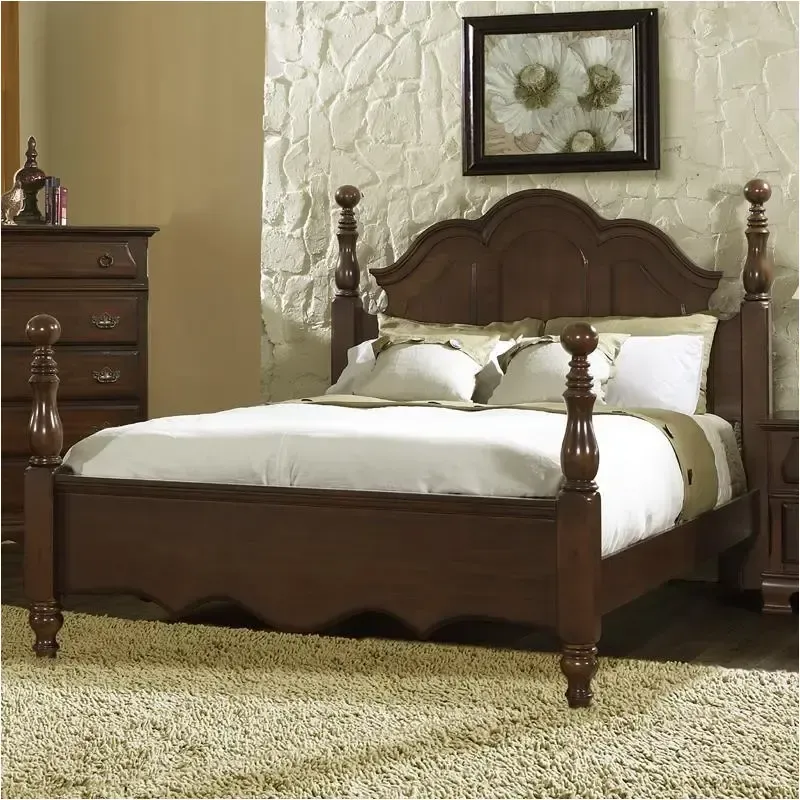
Colonial revival bedroom sets dominated New Jersey homes throughout the mid-twentieth century, offering matching beds, dressers, and nightstands. Manufacturers produced these sets in huge quantities, making them accessible to middle-class families who wanted that classic American look. The style featured simple lines with subtle colonial-inspired details.
The problem is that everyone had these sets, which means the market is completely saturated now. Younger buyers view them as boring and outdated, preferring eclectic mixes or contemporary platform beds. The dark finishes common to these pieces make rooms feel smaller and gloomier.
Even donation centers have become selective about accepting these bedroom suites because they receive so many.
5. Waterfall Dressers

Waterfall-style dressers from the 1930s and 1940s once represented cutting-edge design with their distinctive curved edges and streamlined appearance. The name comes from how the wood grain flows over the rounded front like cascading water. These pieces were everywhere in New Jersey homes during the Art Deco era.
Unfortunately, the veneer on many waterfall dressers has deteriorated over time, with bubbling and peeling being common issues. Repairs are expensive and often don’t restore the original beauty. The attached mirrors frequently found on these pieces are also problematic since they’re heavy and fragile.
Current design trends favor clean Scandinavian lines or rustic farmhouse looks rather than this dated style.
6. Pine Hutches and China Cabinets

When country-style decorating exploded in popularity during the 1980s and 1990s, pine hutches became must-have items for displaying china and collectibles. New Jersey homes featured these towering cabinets filled with plates, teacups, and decorative knickknacks. The warm honey tones of pine wood complemented the cozy aesthetic everyone craved.
Times have changed drastically since then. Open shelving and minimalist kitchens have replaced cluttered display cabinets. Few people use formal china anymore, making dedicated storage unnecessary. The knotty pine finish that once charmed buyers now looks dated and rustic in an unfashionable way.
These bulky pieces take up valuable floor space in smaller modern homes.
7. Mediterranean-Style Bedroom Sets
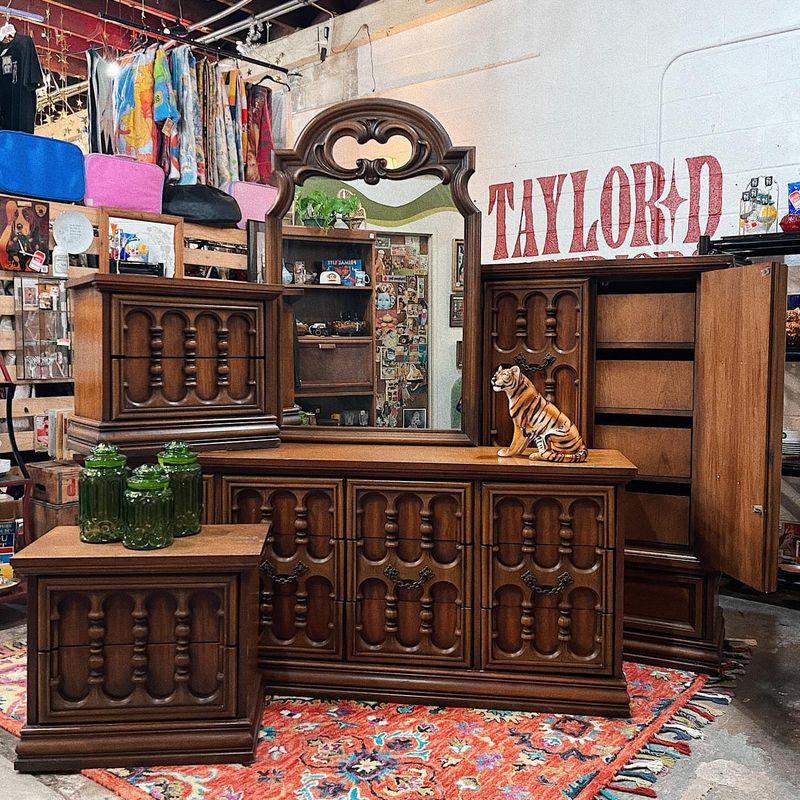
Mediterranean-style bedroom furniture swept through New Jersey suburbs during the 1960s and 1970s, bringing visions of Spanish villas and Italian estates. These sets featured heavy, dark wood with elaborate carvings, arched details, and sometimes wrought iron accents. Families felt transported to romantic European destinations every time they entered their bedrooms.
The massive scale and weight of these pieces make them incredibly difficult to move or rearrange. Their dark finishes absorb light, making bedrooms feel cave-like rather than restful. Today’s preference for airy, bright spaces with Scandinavian or coastal influences has left these sets behind.
You’ll struggle to give them away, let alone sell them for any meaningful amount.
8. French Provincial Dressers
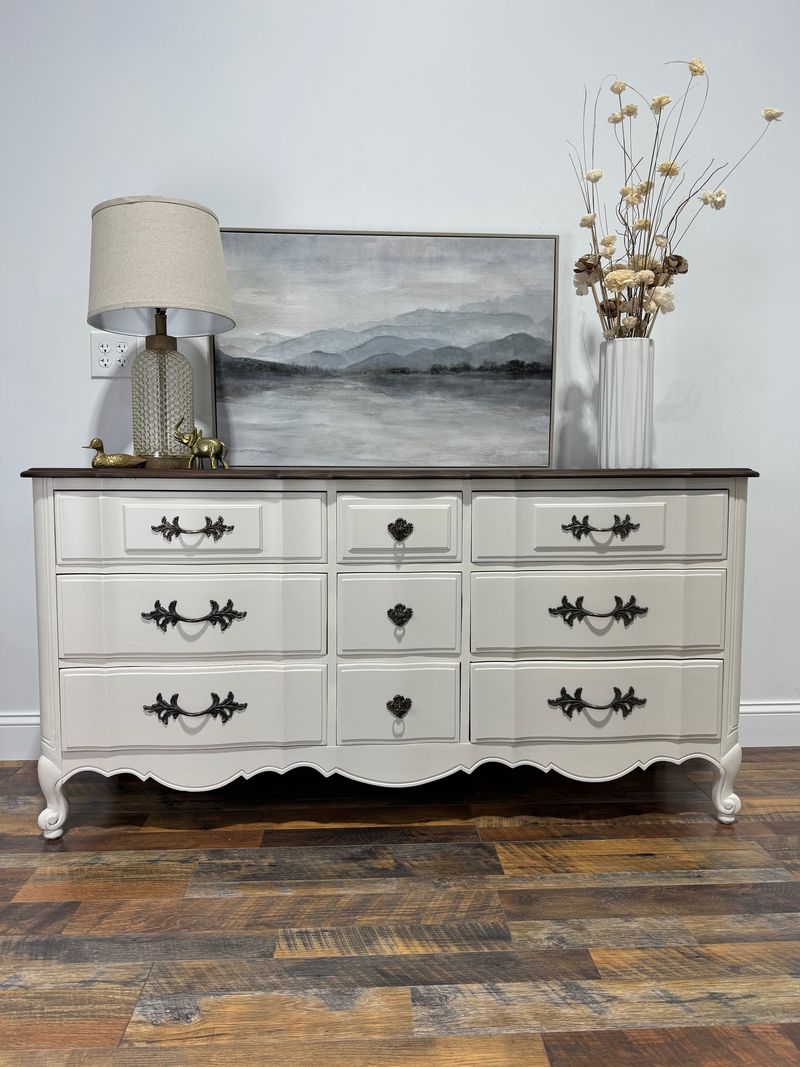
French provincial furniture brought a touch of European elegance to American bedrooms, featuring graceful curves, ornate brass pulls, and often painted finishes. These dressers with their cabriole legs and romantic styling were particularly popular among young women setting up their first homes. The delicate appearance suggested refinement and good taste.
However, the ornate styling now strikes many people as fussy and old-fashioned. The painted finishes have often yellowed or chipped, and stripping them down requires significant effort. Modern tastes lean toward cleaner lines and natural wood tones rather than decorative flourishes.
The lightweight construction of many French provincial pieces also means they’re less durable than simpler designs, leading to wobbly drawers and loose hardware.
9. Brass and Glass Display Cases
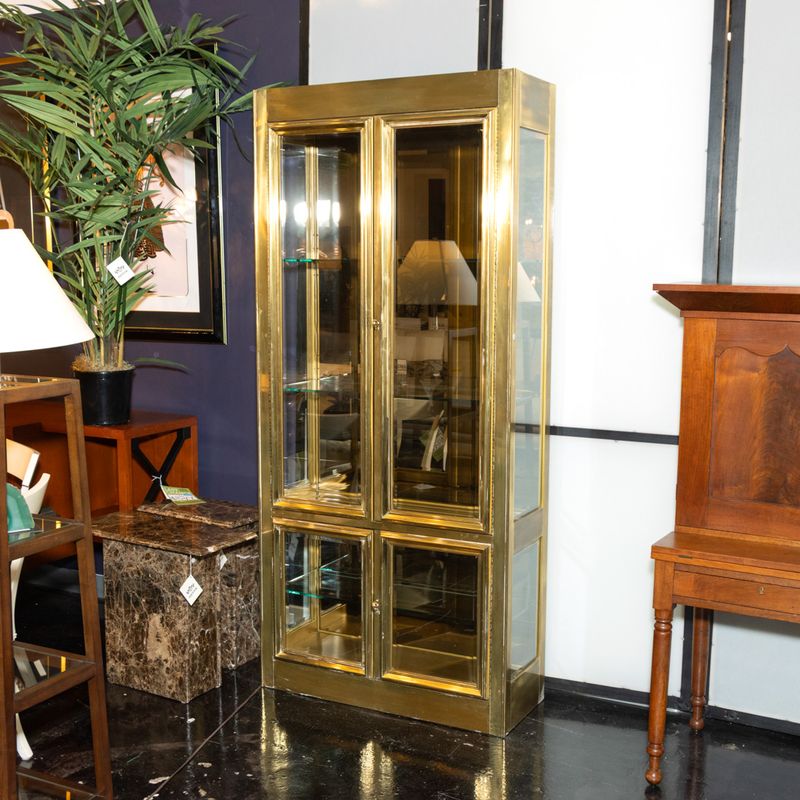
It’s hard to believe now, but brass and glass curio cabinets were once status symbols for displaying precious collectibles and treasures. The gleaming brass frames and spotless glass shelves showcased everything from Hummel figurines to commemorative plates. New Jersey living rooms featured these towers of sparkle prominently.
The decline in collectible figurine values has made these display cases obsolete since people no longer need furniture for housing worthless tchotchkes. Brass requires constant polishing to maintain its shine, which modern homeowners find tedious. The glass shelves are fragile and dangerous if the cabinet tips.
These pieces scream 1980s excess rather than timeless elegance, making them difficult to incorporate into contemporary interiors.
10. Early American Maple Furniture

Are you familiar with that distinctive orange-toned maple furniture that filled American homes in the 1950s and 1960s? Manufacturers marketed it as authentic Early American styling, though it was mass-produced in factories. The simple, sturdy construction and affordable prices made these pieces accessible to young families furnishing their first homes.
The problem is that millions of these identical pieces were manufactured, creating an oversupply that persists today. The bright orange finish has fallen completely out of favor, looking dated rather than vintage. Refinishing is possible but expensive, often costing more than the furniture’s worth.
Thrift stores and estate sales in New Jersey are packed with these maple pieces that nobody wants.
11. Particle Board Entertainment Centers
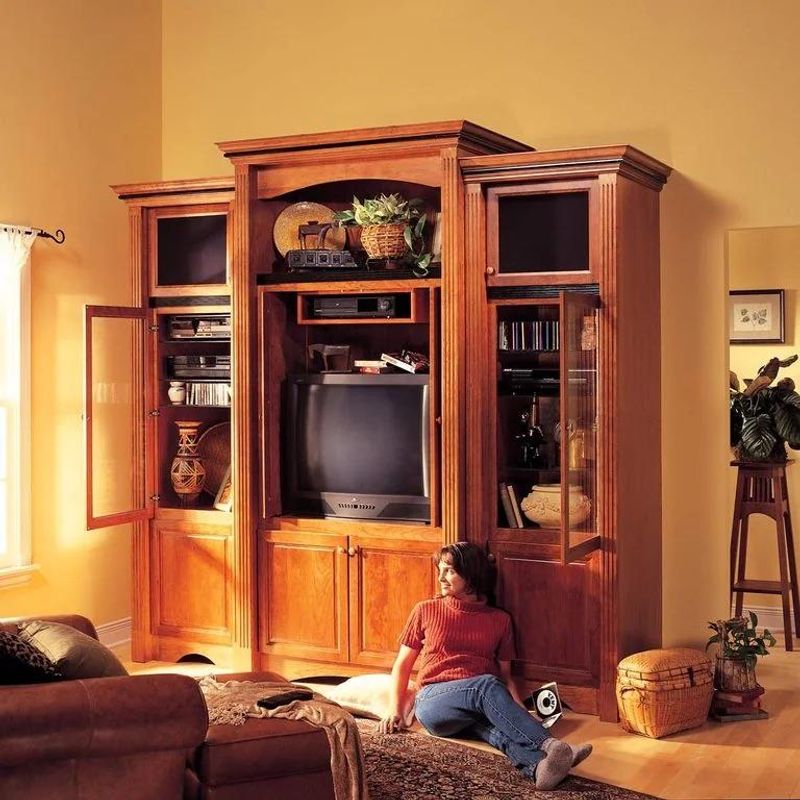
Though not technically antiques, the massive entertainment centers from the 1990s and early 2000s have already become worthless collectibles. These towering units were designed to house bulky tube televisions, VCRs, DVD players, and speaker systems. Families invested hundreds or thousands of dollars in these focal-point pieces.
Flat-screen televisions made these entertainment centers instantly obsolete since modern TVs mount on walls or sit on minimal stands. The particle board construction means they’re heavy but not valuable or durable. Moving them risks having them fall apart since the joints weaken over time.
Most are too damaged to donate and too large to easily dispose of, leaving them abandoned in basements throughout New Jersey.
12. Cane and Bentwood Furniture

Cane-seated chairs and bentwood rockers represented quality craftsmanship and comfort for generations of New Jersey families. The woven cane provided breathable seating while the gracefully curved bentwood frames showcased skilled woodworking. These pieces were practical, attractive, and built to last decades.
Unfortunately, the cane webbing deteriorates over time, developing holes and sags that make chairs unusable. Professional cane replacement is expensive and time-consuming, often costing more than buying new furniture. The bentwood frames can also crack or split, especially if stored in damp basements.
Modern cushioned seating offers more comfort than cane, making these pieces seem impractical. The vintage charm isn’t enough to overcome the maintenance headaches and discomfort.
13. Duncan Phyfe Style Tables
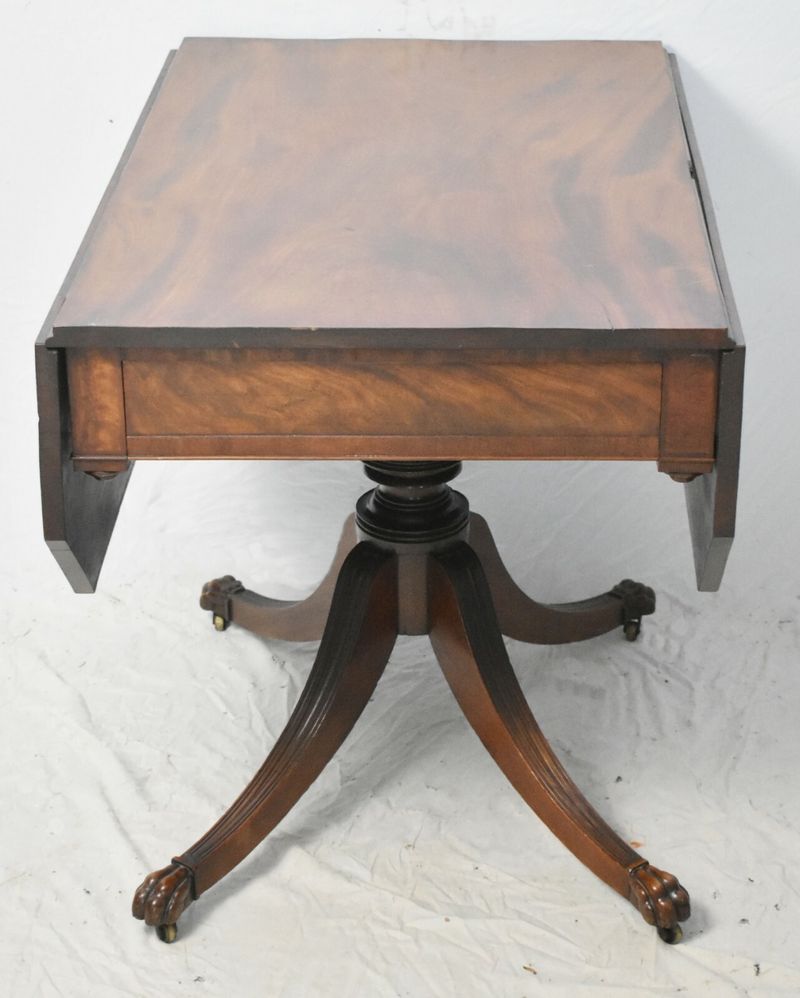
How many New Jersey dining rooms once featured a Duncan Phyfe style table with its distinctive pedestal base and graceful splayed legs? These tables, inspired by the famous early American furniture maker, were manufactured in huge quantities throughout the twentieth century. The drop-leaf design allowed them to expand for dinner parties or collapse for everyday use.
The formal styling doesn’t match current casual dining preferences, and the drop-leaf mechanism often becomes loose or damaged over time. Pedestal bases can be unstable, especially with rambunctious children or pets around. The dark mahogany finish feels heavy and oppressive in today’s light-filled interiors.
Reproduction Duncan Phyfe tables flooded the market, making even authentic pieces difficult to sell.
14. Upholstered Headboards with Attached Nightstands
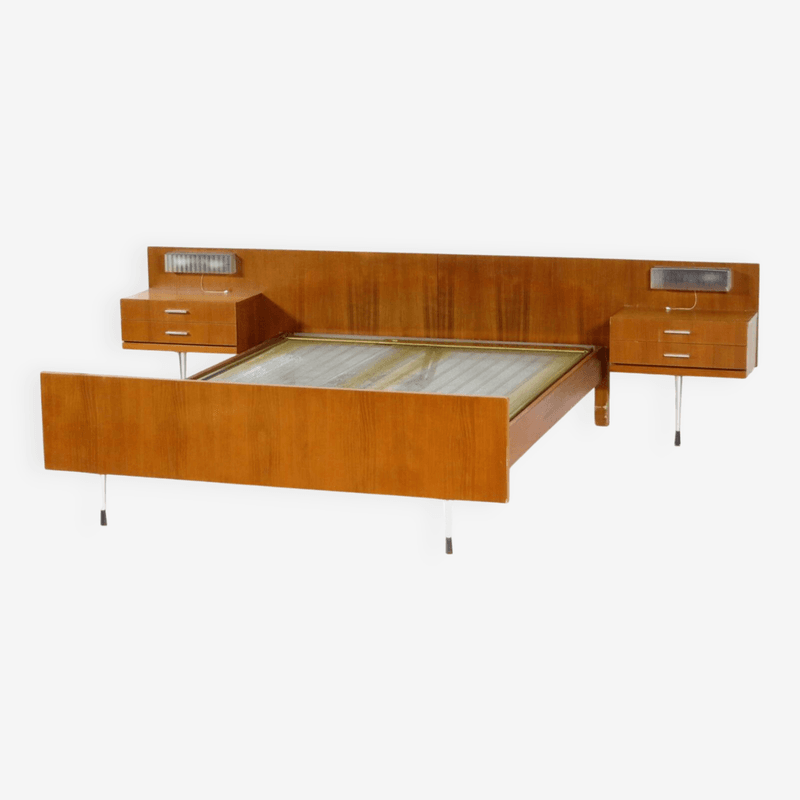
Mid-century bedroom sets often featured upholstered headboards with attached nightstand shelves or cabinets built right into the unit. This space-saving design seemed brilliant at the time, offering storage and style in one piece. The padded headboards provided comfort for reading in bed while the attached nightstands kept essentials within reach.
The upholstery on these headboards has typically deteriorated badly, with vinyl cracking or fabric staining and tearing. Reupholstering such large pieces is prohibitively expensive. The attached nightstands limit bedroom arrangement options since you can’t separate or rearrange the components.
Water damage from drinks on the nightstand shelves is common, and the particle board construction means repairs are nearly impossible once damage occurs.
15. Blonde Wood Bedroom Suites
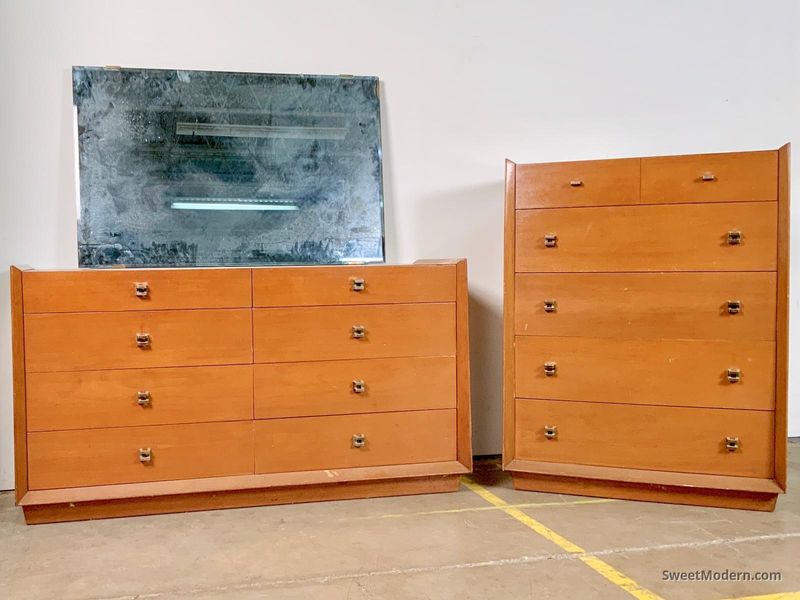
Blonde wood bedroom furniture represented modern sophistication in the 1950s, breaking away from dark Victorian heaviness. The light wood tones and clean lines embodied postwar optimism and the space-age aesthetic. New Jersey newlyweds furnished entire bedrooms with matching blonde suites that felt fresh and contemporary.
These pieces have become incredibly common at estate sales since so many were produced during the postwar housing boom. The light finish shows every scratch, water ring, and imperfection accumulated over decades. The simple styling lacks the character that makes some mid-century furniture desirable to collectors.
Most blonde furniture falls into an awkward category of being too old to seem current but too common to be valuable vintage.

